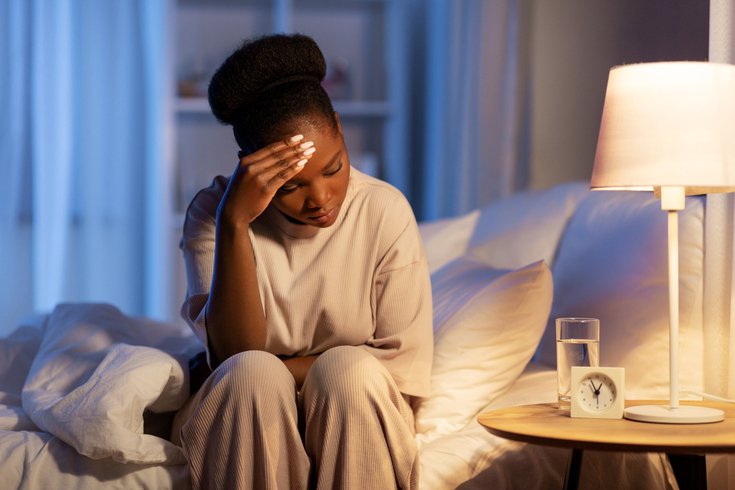
January 17, 2023
 Source/Image licensed from Ingram Image
Source/Image licensed from Ingram Image
More than one million people are affected by seasonal affective disorder, a type of depression linked to changes in season and sunlight.
As winter continues, millions of people in America are experiencing seasonal affective disorder, a form of depression related to changes in the season and lack of sun exposure. Research suggests that phototherapy, also known as bright-light therapy, may help people who are struggling with this.
Bright-light therapy involves the use of light therapy lamps, or desk lamps with light panels of about 12 to 15 inches, to mimic outdoor light. The goal is to change your brain chemistry, which will in turn boost your mood.
Light is closely tied to how we feel. It affects the 24-hour circadian clock inside of the brain, which regulates hormonal activity, digestion and mood. Light sent to the retina is transmitted to the body's specialized photoreceptors, which are in turn directed to the perihabenular nucleus, the part of the brain which regulates mood.
Recent studies suggest bright-light lamps can supplement the scant sunlight in winter months. A meta-analysis from 2020 showed that 30 minutes of daily bright-light therapy, as measured in 19 studies, was an effective form of treatment for season affective disorder, also known by the acronym SAD. Research from 2016 involving 122 participants also showed that light therapy can benefit people who are suffering from SAD or major depressive disorder.
About 6% of the US population is currently affected by SAD, while another 14% of American adults suffer from a lesser form of seasonal mood change known as winter blues. Young adults, women and others who have a family history of depression are more likely to struggle with SAD. Symptoms normally develop between the ages of 18 and 30.
Dr. Norman E. Rosenthal, former psychiatrist at the National Institutes of Mental Health, notes that 60 to 80% of SAD sufferers benefit from light therapy.
"Although the first controlled studies of light therapy were conducted only 25 years ago, this treatment has subsequently become the mainstay of SAD therapy throughout the world," he said.
According to Rosenthal, common symptoms of SAD include insomnia and excessive eating.
"Every year, as the days become short and dark, people with SAD develop a predictable set of symptoms," he said. "They slow down and have a hard time waking up in the morning. Their energy level decreases, they tend to eat more, especially sweets and starches, and they gain weight."
Direct sunlight is also beneficial to sleep regulation. The body produces a natural hormone called melatonin, which helps regulate sleep, but during winter months, melatonin can become unbalanced for people who have SAD. This tends to make them sleepy and sluggish when the sun goes down earlier.
Research shows that people who have been diagnosed with SAD often live in colder climates. For example, in the United States, 1% of those who live in Florida experience SAD, compared to 9% of Alaskans. Cold climate affects people all over the world. About 14% of Norwegians in Oslo suffer from SAD, compared to 4.7% of New York City residents.
Bright-light treatment is a safe form of therapy, when the lamp is used correctly, and can be conducted from the comfort of your home. Experts recommend light lamps which deliver between 2,500 and 10,000 lux, a standardized unit of measurement of light intensity. The more lux a light delivers, the less time a person needs to spend in front of it. Still, most mental health professionals recommend 20-30 minutes of daily light therapy, first thing in the morning.
Wirecutter, the product review website owned by the New York Times, writes that larger lamps tend to be more beneficial. Sitting distance also plays a role in results. Users should sit about 16 to 24 inches from the lamp with their eyes open, while not looking directly at the light, experts say.